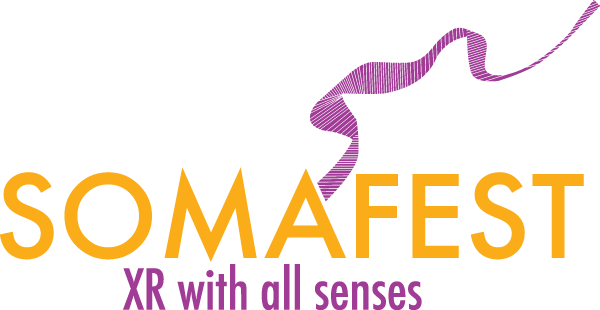Vision
A majority of today´s XR applications in entertainment, education, and business are based on a visually-oriented approach, that follows established design paradigms adapted from film, screen-based games and communication tools like chatrooms. While those applications may provide users with opportunities for physical interaction and spatial illusion, the player-body is oftentimes reduced to a mere facilitator for enhanced visual exploration and cognitive knowledge gain.
The human body, however, can make sense of a wide range of sensory input. It can process and integrate cognitive knowledge, train and build muscle memory. It can, by neuroception, sense subtle changes in our environment, and intuitively understand and create hormonal, emotional responses and behavior. It´s expressive capacity, on the other hand, ranges from the ability to communicate with others to the accumulation and release of energy.
By putting the body first in XR design, we will explore the untapped design opportunities and experiment with new design paradigms for a new generation of immersive XR.
